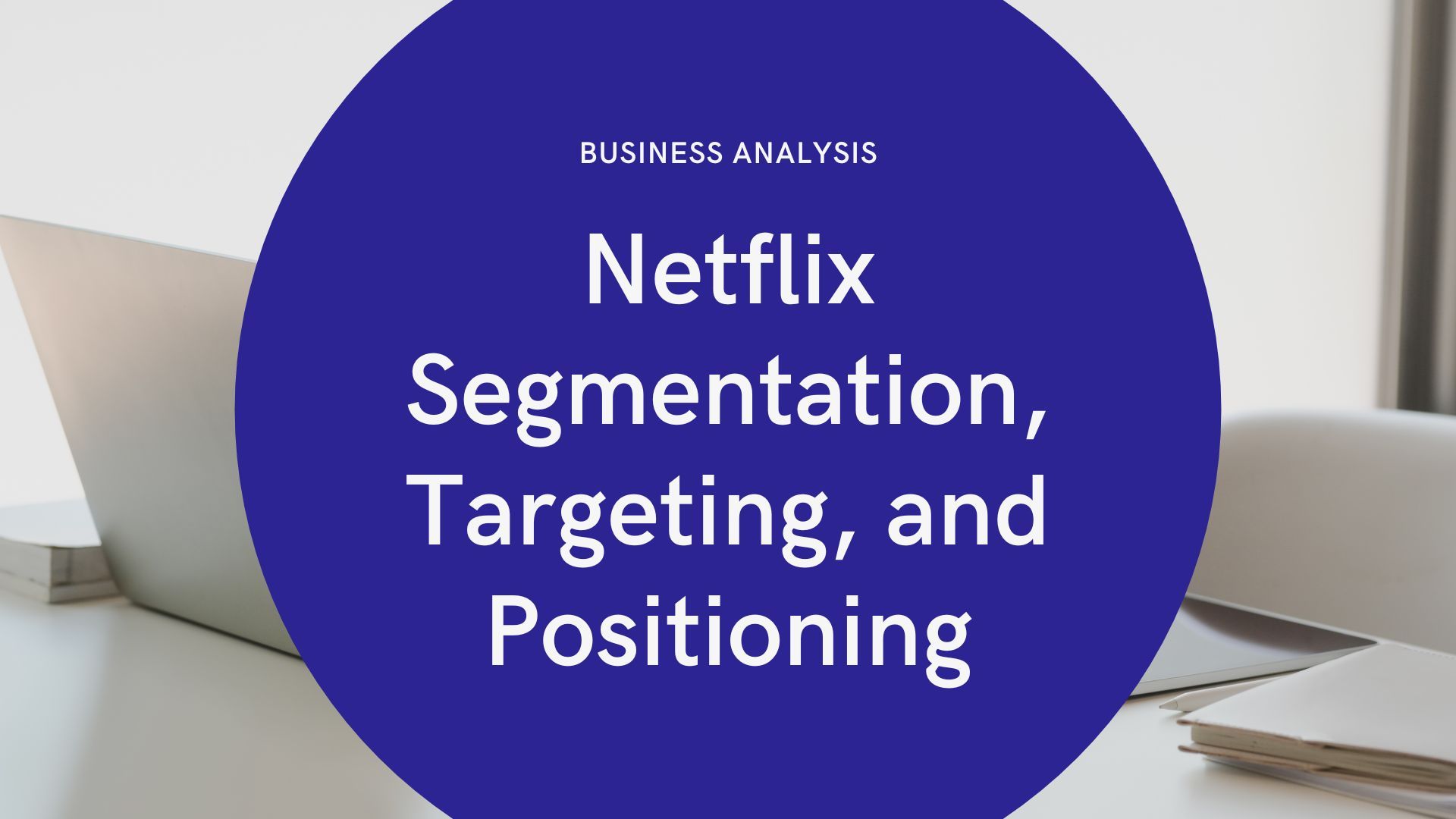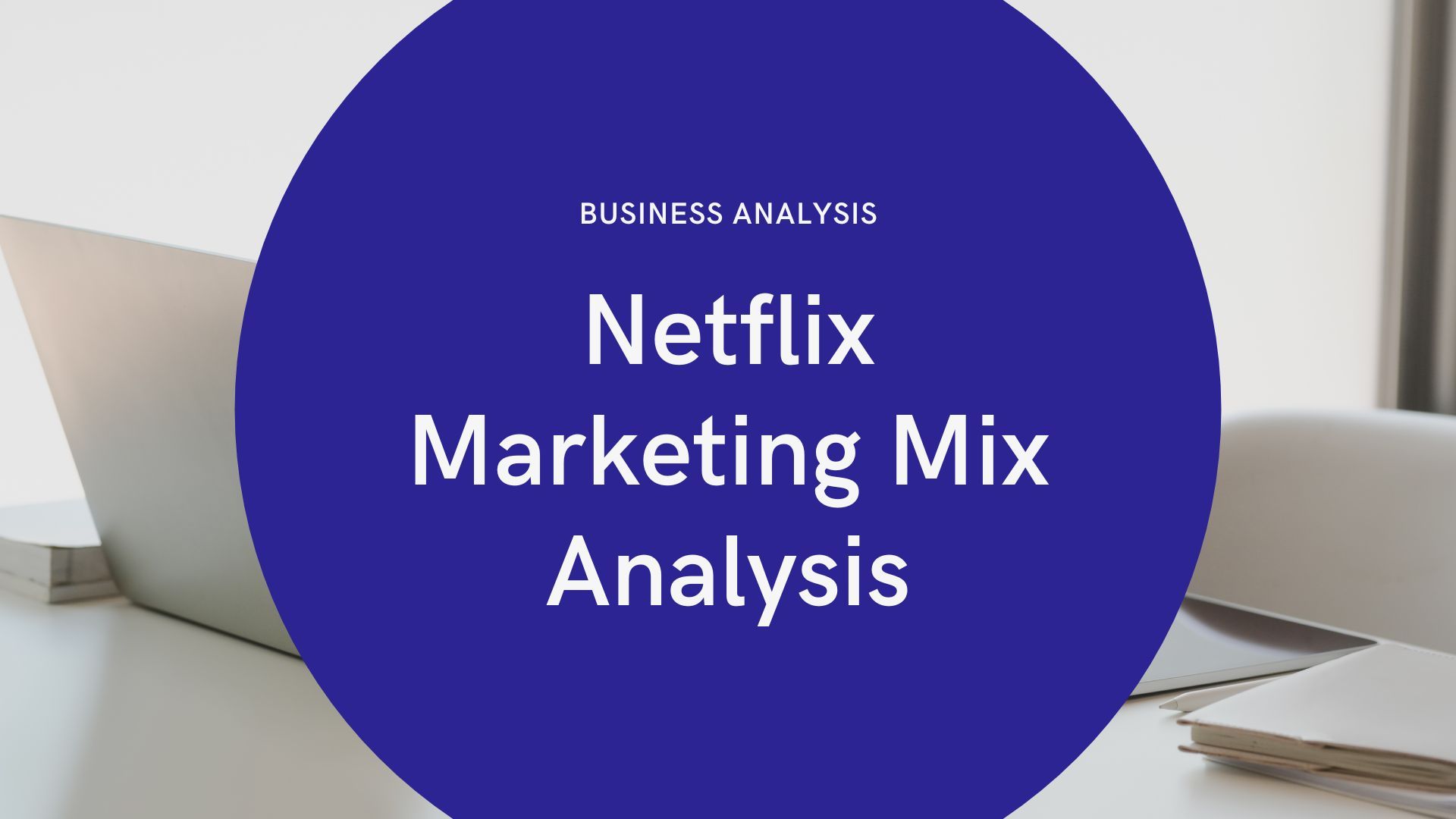Introduction
Netflix is best described as one of the world's foremost subscription-based film and TV programming internet streaming service providers. This brand was founded in the US back in August of 1997. Netflix offers consumers an extensive library of movie and television programming of different genres.
This library also consists of Netflix Originals, television series, and films produced by Netflix. In the first quarter of 2022, Netflix had more than 221 million global registered subscribers. Out of this number, over 74 million subscribers are from the US and Canada. More than 32 million Netflix subscribers are from Asia-Pacific, while another 74 million active subscribers can be found in various African, Middle Eastern, and European countries.
The worldwide appeal of Netflix is unquestionable. However, their services are not available in some countries, such as; North Korea, Syria, Kosovo, Mainland China, and, more recently, Russia, due to American sanctions in response to their unprovoked war on Ukraine.
Netflix is an active member of the Motion Picture Association or MPA and has contributed immensely to promoting the production and distribution of independent (Indy) films. The content available to Netflix subscribers is mainly determined by the region in which they are located. Netflix offers viewers a variety of documentaries, mini-series, TV shows, and films. Subscribers can access Netflix by selecting a number of plans and pricing options.
Subscribers can change or cancel their plans at any time. Netflix recorded an annual revenue of more than USD$29 million in 2021, and this was mainly down its STP strategy. Netflix's market segmentation, targeting, and positioning strategies have placed the Los Gatos, California-based company as a leader in the mass media and technology & entertainment industry.
Market Segmentation of Netflix
It is worth noting that Netflix stopped segmenting its subscribers based on geography in 2016. They now treat over 221 million global subscribers as one community with identical TV programming and movie needs.
Netflix adopts a responsive and proactive business sector. They quickly respond to innovation and changes in consumer behavior towards their products and services. To this end, Netflix segmentation is primarily focused on Demographic, Behavioral, and Psychographic segmentation. As mentioned already, Netflix no longer engages in Geographic segmentation, which they did in their early years of operation.
Netflix's target market group mainly consists of teenagers, young adults, and low to middle-income families with regards to their Demographic segmentation. In addition, the films and TV programming offered by Netflix transcend race and ethnic differences. They offer a variety of internationally renowned and foreign movies.
The Behavioral segmentation of Netflix is used to provide customized TV and film content daily to every active subscriber. This is done automatically using artificial intelligence (AI), machine learning technology. The subscription plan and pricing, and viewing preferences of every Netflix customer are profiled.
This profiling is done by the behavioral pattern of each subscriber while they are on Netflix mobile device app. The information gathered is then used to divide customers into different segments based on their viewing choices and actions. Netflix is fully aware of the films or TV series viewed by its customers in the last 30 days.
Therefore, they can promote movie or TV programming genres and content to subscribers based on recommendations by their AI/machine learning technology.
The Psychographic segmentation used by Netflix is targeted at three main segments, namely;
- Those individuals are too preoccupied and have no time to spend at cinemas or shopping for DVDs.
- Those individuals are ardent lovers of movies and who rent movies regularly. This segment includes people who crave an eclectic collection of film and TV programming. These individuals have no real preference. They can watch any movie, including blockbuster Hollywood movies and 'B' rated Indy films.
- Subscribers are looking for value at the lowest cost possible. These individuals are price-sensitive and will only subscribe to Netflix if it offers a fair, convenient, and affordable price.
It must be added that Netflix has always strived to provide subscribers with rich content that offers them good value for their money. They recognize that these subscribers account for a very large market segment.
Targeting of Netflix
Essentially, the targeting of Netflix active subscribers is done based on the respective segment that they mostly correspond with. The promo packages prepared by Netflix are strategically mapped out to meet the peculiar needs of subscribers within each segment. However, even though customers are fitted into different segments, Netflix recognizes that there is the possibility that subscribers in each segment may migrate to other target groups.
To this end, Netflix ensures that all subscribers are made fully aware of the functionalities and features available to them upon subscription. Netflix provides customized TV/film content and services to its customers. This is the unique selling point of the brand. The approach to targeting each segment varies as well.
For example, millennial (those born in 2000) subscribers are known to have zero patience for commercials.
Netflix targets this group of customers by assuring them that they will view their favorite TV series or shows without any interruption by commercials or advertisements.
Also, Gen X (those born in the mid-70s) are picky about quality content and the right price. Netflix targets this segment by providing high-quality movies and TV programming that meet their AI recommended preference and at a fair price. These viewers are also offered viewing options with access to four screens.
Positioning of Netflix
Netflix's positioning strategy is simple. Its primary goal is to establish itself as a leading subscription-based streaming platform in the global mass media and technology & entertainment industry.
It has been able to stand above other competitors by providing high-quality TV and movie content and offering a myriad of functions, features, and services. To the average existing subscriber as well as prospective customers, Netflix is viewed as offering the following:
- Convenience: Content can be viewed whenever and wherever with a smartphone or tablet.
- Compatibility: Netflix content is accessible on multiple devices, including Android and iOS mobile devices.
- Fair Pricing: The plan and pricing policy of Netflix is designed to meet the budget constraints of low to middle-income subscribers from around the world.
- Customization: Netflix provides personalized content and services to every customer regardless of the group they are presently in. Netflix is a user-friendly platform because of its personalized service offering.
- High quality: Content on Netflix is available in high definition with crisp, sharp audio. Content is also up-to-date and current with shows, series, documentaries, and Netflix Originals available.
Mind Map

Key Takeaways
Netflix's market segmentation, targeting, and positioning strategy see this brand adopt a Demographic, Behavioral, and Psychographic segmentation. Since 2016, Netflix no longer uses Geographic segmentation; instead, all its subscribers are viewed as a monolithic community with similar content preferences.
Netflix uses machine learning and AI technology to provide personalized content to each subscriber. This is one of many reasons it is considered one of the best in the mass media and, technology & entertainment industry.
Do you want to view this report in PDF format? You can download this report as a PDF file today by using 'PDF Agile.' PDF Agile is a desktop software designed for compatibility with Windows OS PC. This app looks you to compress the size of all PDF files and save you valuable internal storage space in the process. PDF files can be converted to other document types like Excel and Word using PDF Agile. Similarly, you can convert Word, Excel, and other related documents into PDF files.
With PDF Agile, your PDF document can be edited; you can redact content, highlight text or portions of files, and change the background color. What's more, PDF files can be bookmarked, and you can share PDF files quickly to various platforms, including emails and social media platforms. Download your PDF Agile here for free and start reading quality reports in PDF format today.
References
https://mpk732t22016clusterb.wordpress.com/2016/08/08/netflix-segmentation-targeting-positioning/
https://www.marketing91.com/marketing-strategy-of-netflix/





